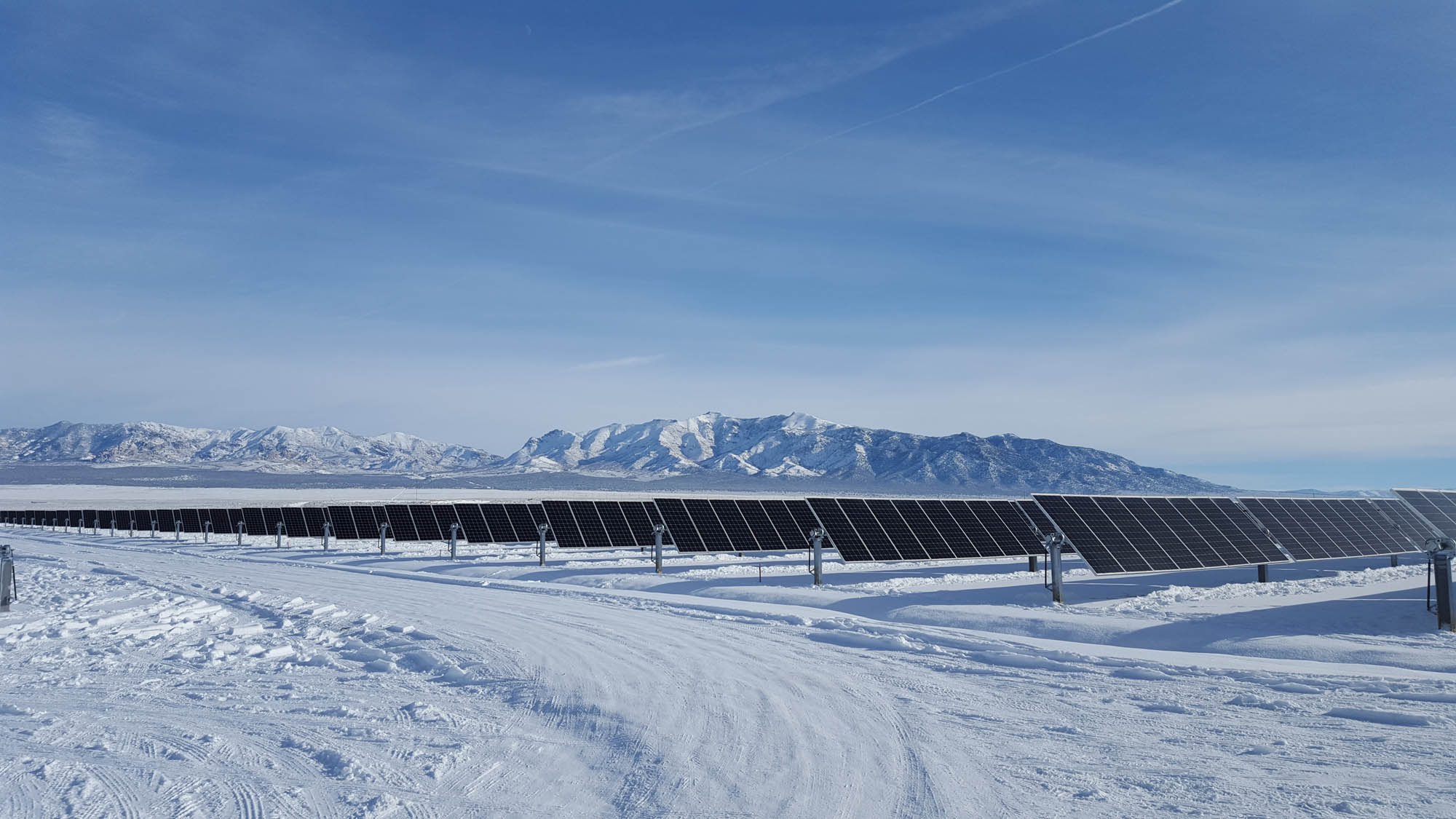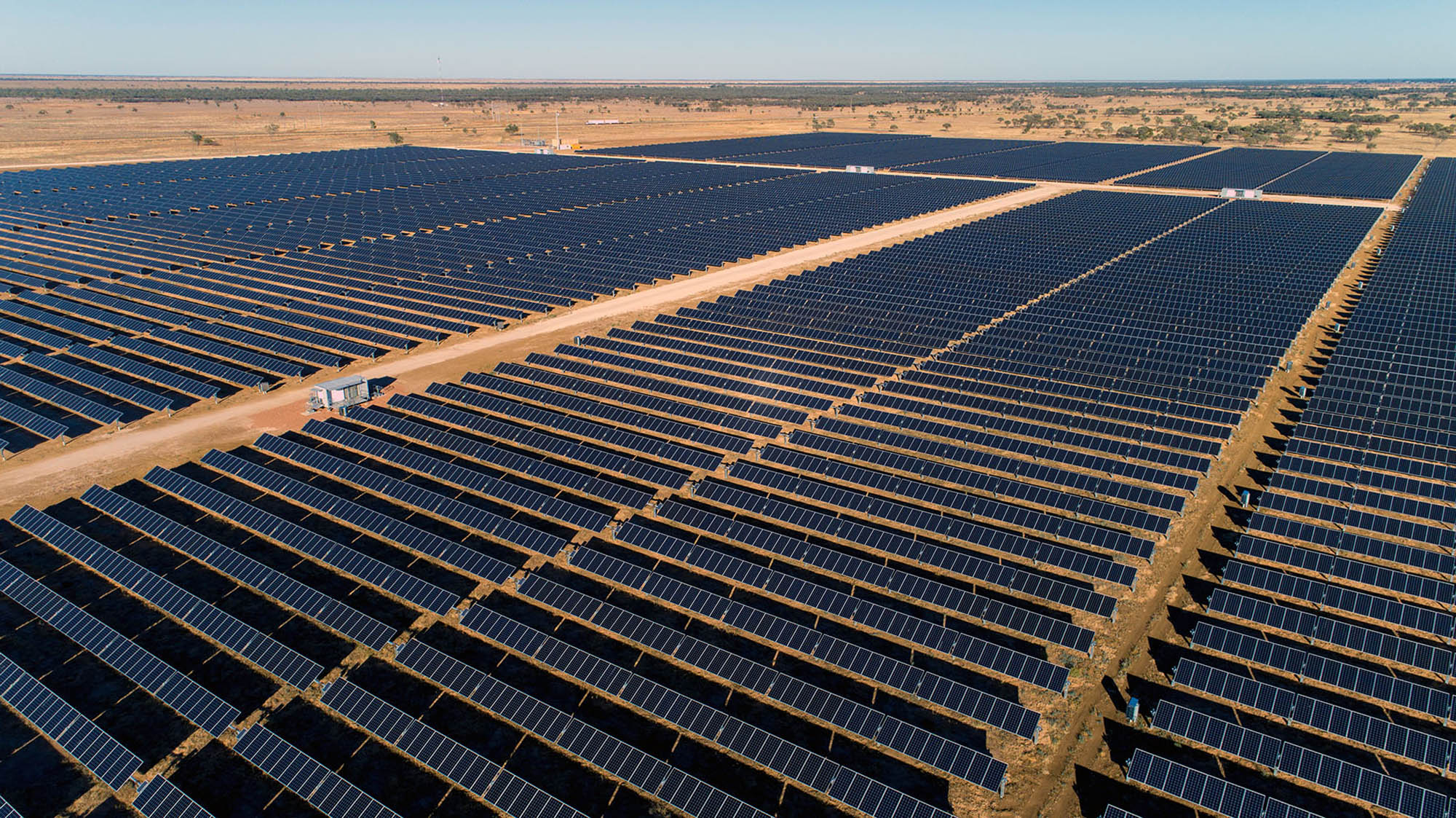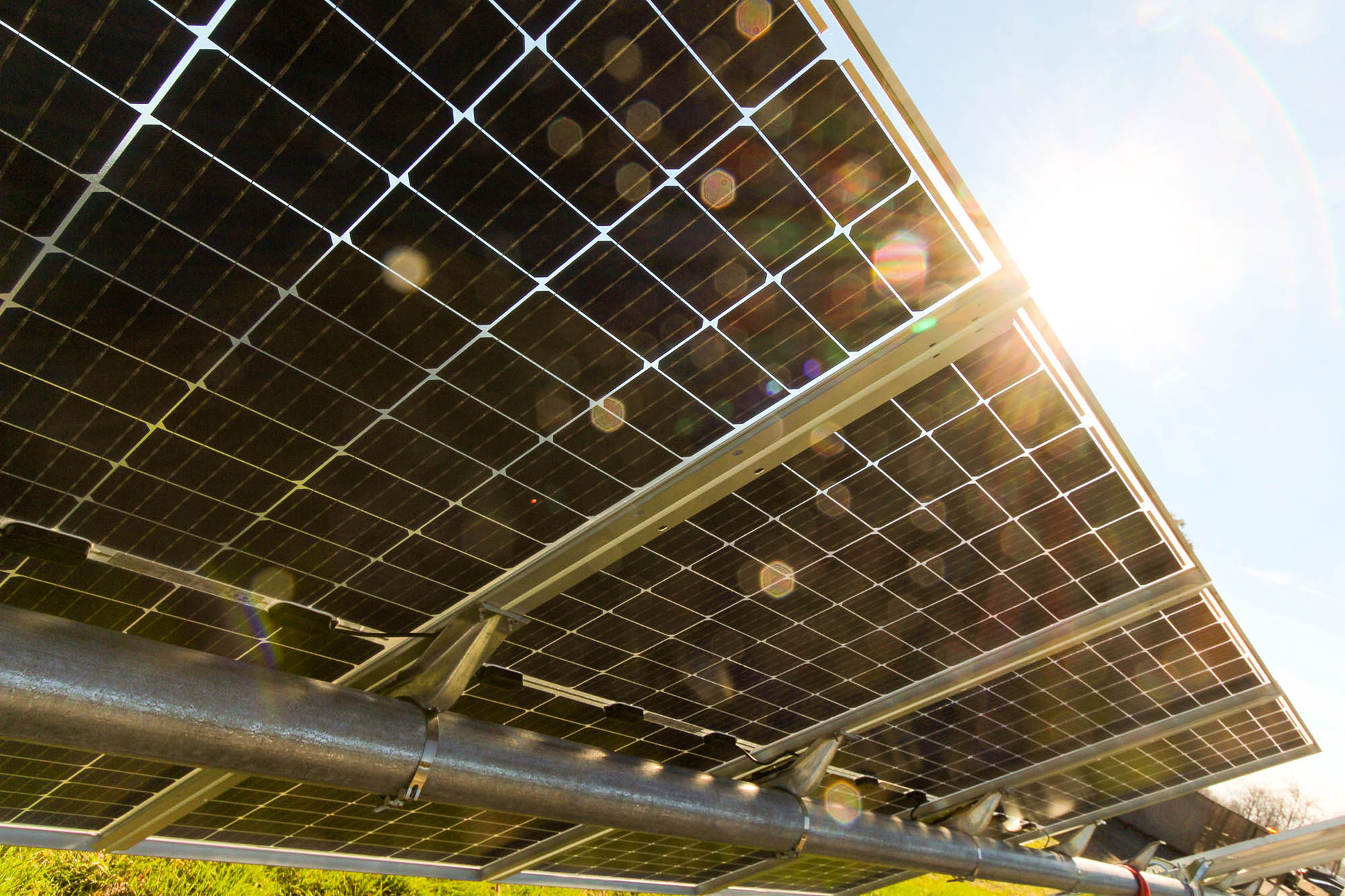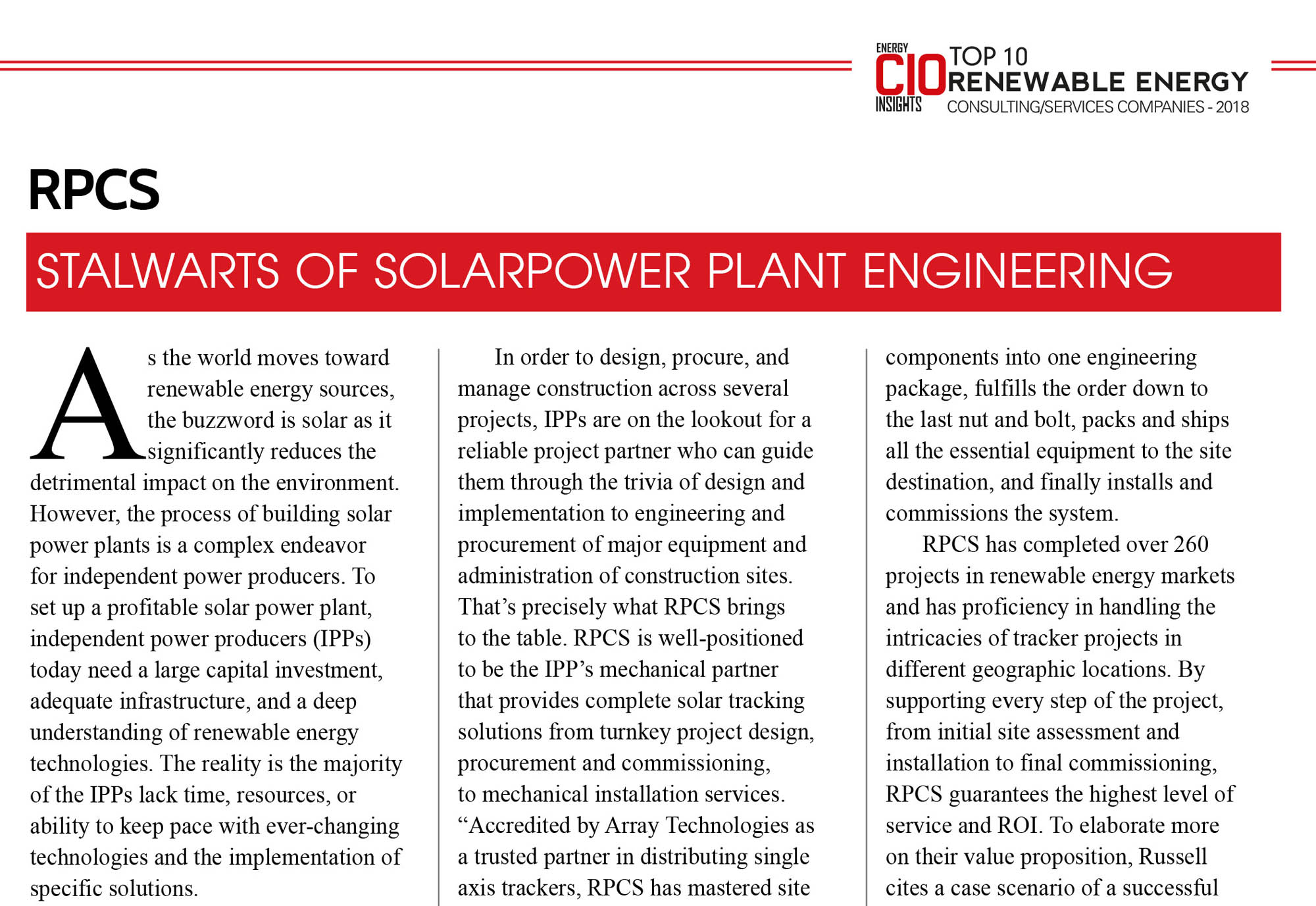Understanding How Differentiated Design and Control Strategies Unlock New Opportunities for Solar Development
By Alex Roedel and Kent Whitfield
According to data published by GCube, a renewable energy insurance specialist, severe
weather events are the root cause of most solar insurance claims. While severe weather is inevitable for some locations and increasingly common in others, weather-related catastrophic solar project losses need not be. Project stakeholders can address site- and region-specific risk profiles during project design via strategic product specification.
With the growth of the utility-scale solar market sector, increasing numbers of projects are being fielded with an AC-generating capacity of 100 MW or greater. In the U.S. alone, the Solar Energy Industries Association currently estimates that there are some 47 GW of solar in operation with another 115 GW under development or construction. Given that large project development activities are increasingly coincident with extreme weather, Nextracker has systematically addressed every major weather risk category—including hail, flooding, snow, and extreme wind—via differentiated design and control strategies in order to ensure the long-term reliability of solar assets.
Download PDF



